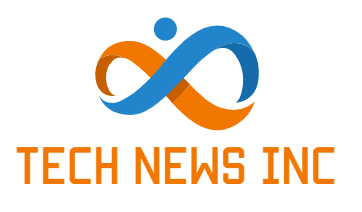This year's Nobel Prize in Physics focuses on… “Machines that learn”. In other words, artificial intelligence. The Royal Swedish Academy of Sciences awarded this prestigious award, on Tuesday, October 8, to two pioneers in this currently thriving field: the American John Hopfield and the British-Canadian Geoffrey Hinton. “For their fundamental discoveries and inventions that made machine learning possible using artificial neural networks.”
This is the second Nobel Prize awarded this week. The 2024 season kicked off on Monday with the Prize in Medicine awarded to Americans Victor Ambros and Gary Rovkun for their discovery of microRNA. And it's not over yet: On Wednesday, the Swedish Academy will announce the name of the Nobel Prize in Chemistry. Literature continues on Thursday, peace on Friday, and economics on Monday, October 14.
In 2023, French researchers Anne Lhuillier and Pierre Agostini, as well as their Austro-Hungarian colleague Ferenc Kraus, distinguished themselves for their work on the attosecond, whose applications could relate to medical and industrial research. The trio was rewarded for its creation “Very short pulses of light can be used to measure rapid processes in which electrons move or change energy.” Anne Lhuillier was the fifth woman to win the Nobel Prize in Physics since 1901.
Inspired by the structure of the brain
“When we talk about artificial intelligence, we often think of machine learning using neural networks.”“, explains the Swedish Academy of Sciences, which takes a historical look at the development of this technology that surrounds us today in all aspects of daily life. Artificial intelligence algorithms exist in our smartphones to automatically correct the appearance of our photos, in social networks to automatically translate messages into our native language, and in software Road navigation to simulate the streets we should take…
First, machine learning “Inspired by the structure of the brain. In an artificial neural network, neurons are represented by nodes that carry different values. These nodes influence each other via connections, which can be compared to synapses, which can be strengthened or weakened. This results in software that is flexible and scalable. All that remains is to “teach” it a task, for example to recognize road signs in 360-degree images taken on the street, by providing it with thousands of such images. The software analyzes the images, finds common points, and the more it “practices,” the better it can optimize its settings to get closer to the expected result.
“Categorize images or create new examples”
“This year’s winners have done important work with artificial neural networks since the 1980s.”summarizes the Swedish Academy of Sciences. American John Hopfield “Invented a network that used a method to remember and recreate patterns.” Inspired by spin, a property of the particles that make up matter. Hopfield is now a professor in the Department of Molecular Biology at Princeton University.
As for Geoffrey Hinton, he is “The Hopfield network was used as the basis for an entirely new network that used a different method: the Boltzmann machine.” Invented in 1986, this machine can learn to recognize distinct elements in a set of data given to it as input – such as the aforementioned traffic lights – without a human showing it a sign. The machine detects these recurring details on its own (rounds, squares, white or yellow with a diagram, in short: marks). And in the end she is “She knows how to label images or create new examples of the pattern she has been practicing.” Geoffrey Hinton is a world-known figure in the field of artificial intelligence, and he has already won the Turing Award in 2018, in the field of computer science, along with two other pioneers, Joshua Bengio and Yan Le Kuhn.
Updated on Tuesday, October 8 at 12:45pm with more details.

:quality(70)/cloudfront-eu-central-1.images.arcpublishing.com/liberation/VVKFGUEJBBDJFMPFHBDSIMRHFU.jpg)



